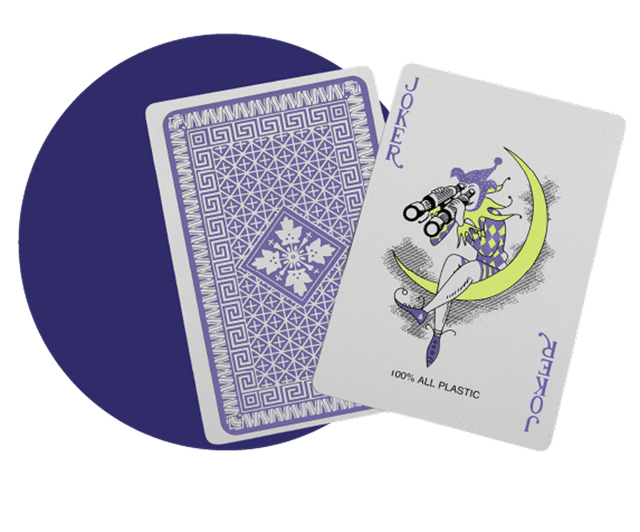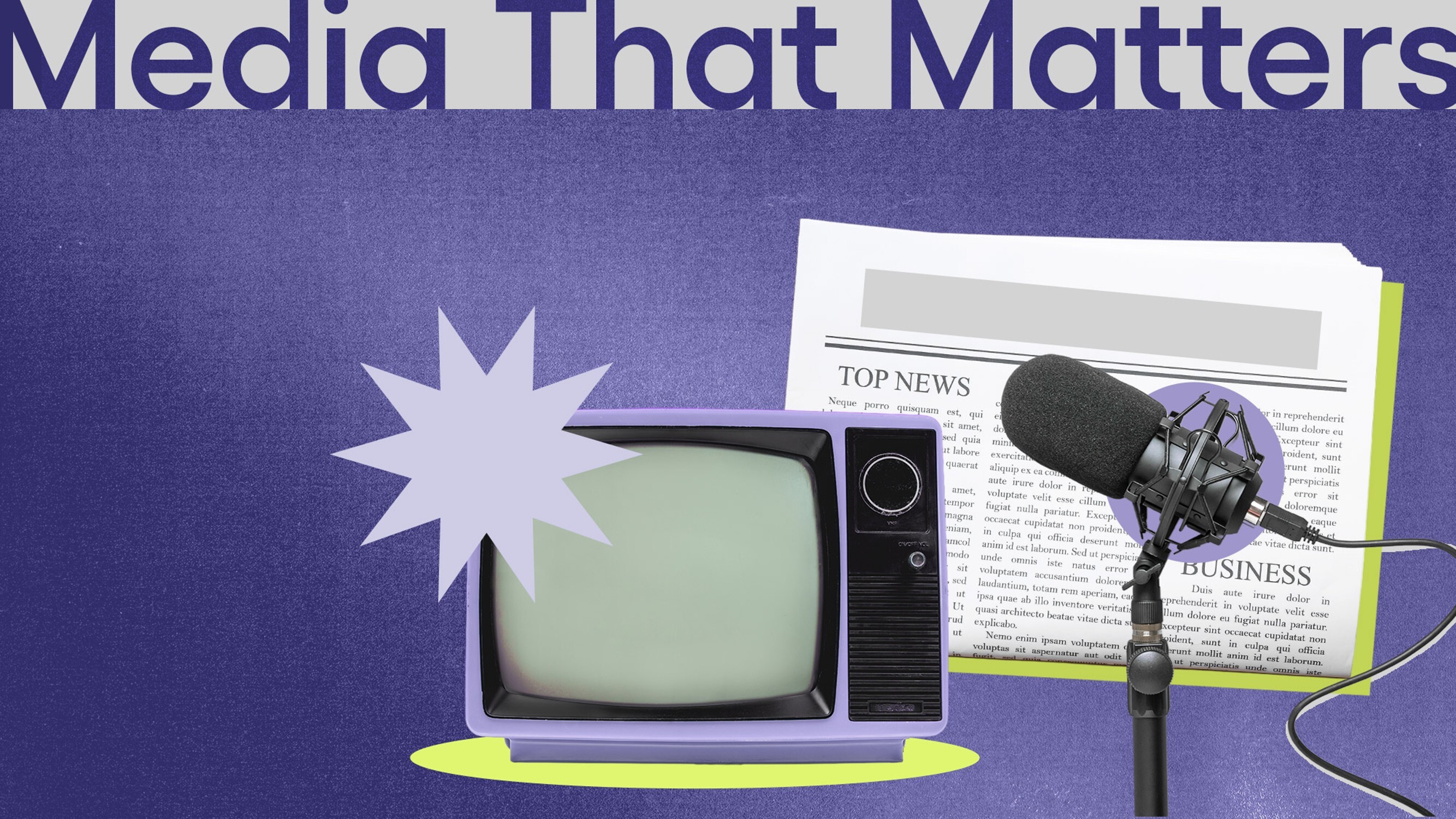
AI and the Retail Marketer’s Future
How AI transforms strategy and processes, driving the adoption of Positionless Marketing
Exclusive Forrester Report on AI in Marketing

Key takeaways:
By reading this blog, marketers will learn how gamification is a strategic lever for player engagement, retention, and loyalty. In a world where attention is fleeting and competition is fierce, gamification helps brands stand out, not by just offering rewards, but by making the experience itself more enjoyable.
Instead of relying on one-time incentives, marketers can use game design principles to create continuous loops of motivation, turning routine interactions into lasting emotional connections. Gamification empowers marketers to build journeys players want to stay in, not because they have to, but because they enjoy it.
https://www.youtube.com/watch?v=3WCwm46QWNA
Gamification is one of those terms that frequently gets tossed around in pitch decks, strategy meetings, and conference panels, often without much clarity. But for marketers serious about player engagement, gamification is more than a buzzword. It’s a framework and retention model that, when done right, is a powerful engine for loyalty and growth.
At Connect 2025 in London, Adact CEO and Founder Kalev Kärpuk gave the audience a fresh —and inspired— look at what gamification really means in a marketing context, and what sets it apart from other engagement tactics. In a world where attention is currency, gamification is how marketers turn moments into momentum.
As a concept, gamification has been around longer than most people think. While the term itself was coined in 2002, it began to gain mainstream traction around 2010, when marketers and product designers started to adopt game mechanics like points, levels, and leaderboards to enhance user engagement.
But gamification isn’t about turning everything into a game. It’s about using the psychology behind games to make non-game contexts more enjoyable. Whether a brand is motivating someone to complete a profile, return to an app, or make another deposit, gamification taps into core drivers like achievement, progress, and competition.
Gamification and rewards are often confused, even though they serve different purposes. While rewards programs follow a linear structure, where customers earn points and get a prize, gamification is cyclical.
It’s built on loops of action, feedback, and progress. Players take action, see the result, and feel motivated to keep going. That loop sustains engagement over time—not just until the next reward but throughout the entire journey.
In a nutshell: rewards are about outcomes; gamification is about making the journey more engaging.
One of the most effective mechanics in gamification is the concept of endowed progress. It means giving someone a "head start" to increase their motivation to complete a task. Much like stamps when going to a carwash—e.g., if you wash four times, the fifth is free—or loyalty cards that start you off with two free stamps out of ten, customers aren't just joining a program; they are on a path to a goal.
This principle taps into basic human psychology. People are wired to complete things they have already started, and endowed progress makes the path feel shorter and the payoff closer. It’s a slight shift that can have a massive impact on retention and behavior.
At its core, gamification isn’t about flashy graphics, superficial gimmicks, or malicious tricks to deceive. It’s about transforming the ordinary into something enjoyable, making even the most routine actions feel like progress.
Whether it’s leveling up based on engagement, unlocking surprise offers, or completing missions, gamification can take many forms. But the goal is always the same: to make players feel more connected, more motivated, and more in control of their journey.
Gamification isn’t just about fun; it’s also about function. As stated in the beginning, it is a strategic, zero-cost retention model that uses game design principles to spark motivation, build emotional investment, and foster long-term loyalty.
Let's break down what that phrase means:
And retention only works when it’s progressive. Players need to feel they’re moving forward, unlocking new value, and not just repeating the same action for the same reward.
When marketers embrace gamification not as a tactic, but as a foundation for engagement, they unlock something far more powerful than points and prizes. They create experiences that truly resonate, where every interaction feels meaningful, and every step forward feels earned.
Gamification works because it turns passive audiences into active participants. It gives players a reason to come back, not just for the rewards, but for the journey itself.
In the end, that’s the real power of gamification: transforming everyday moments into lasting connections, making loyalty not a goal, but a natural outcome.
Ready to turn engagement into long-term loyalty? Contact us to request a demo.
Exclusive Forrester Report on AI in Marketing
In this proprietary Forrester report, learn how global marketers use AI and Positionless Marketing to streamline workflows and increase relevance.


Rony Vexelman is Optimove’s VP of Marketing. Rony leads Optimove’s marketing strategy across regions and industries.
Previously, Rony was Optimove's Director of Product Marketing leading product releases, customer marketing efforts and analyst relations. Rony holds a BA in Business Administration and Sociology from Tel Aviv University and an MBA from UCLA Anderson School of Management.


